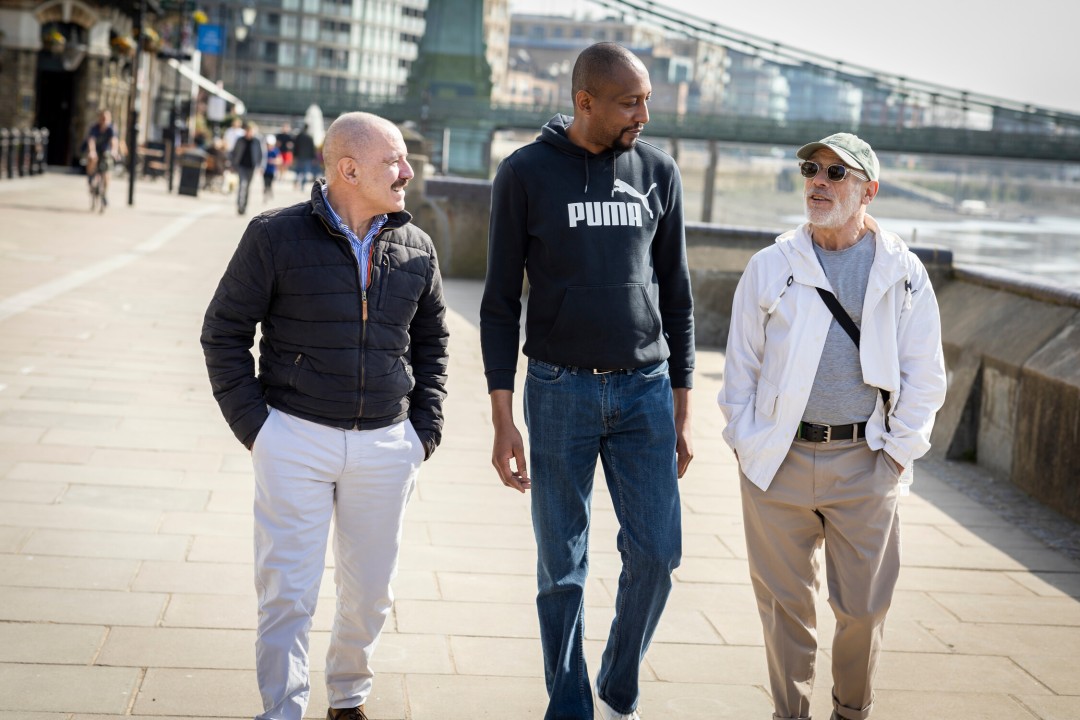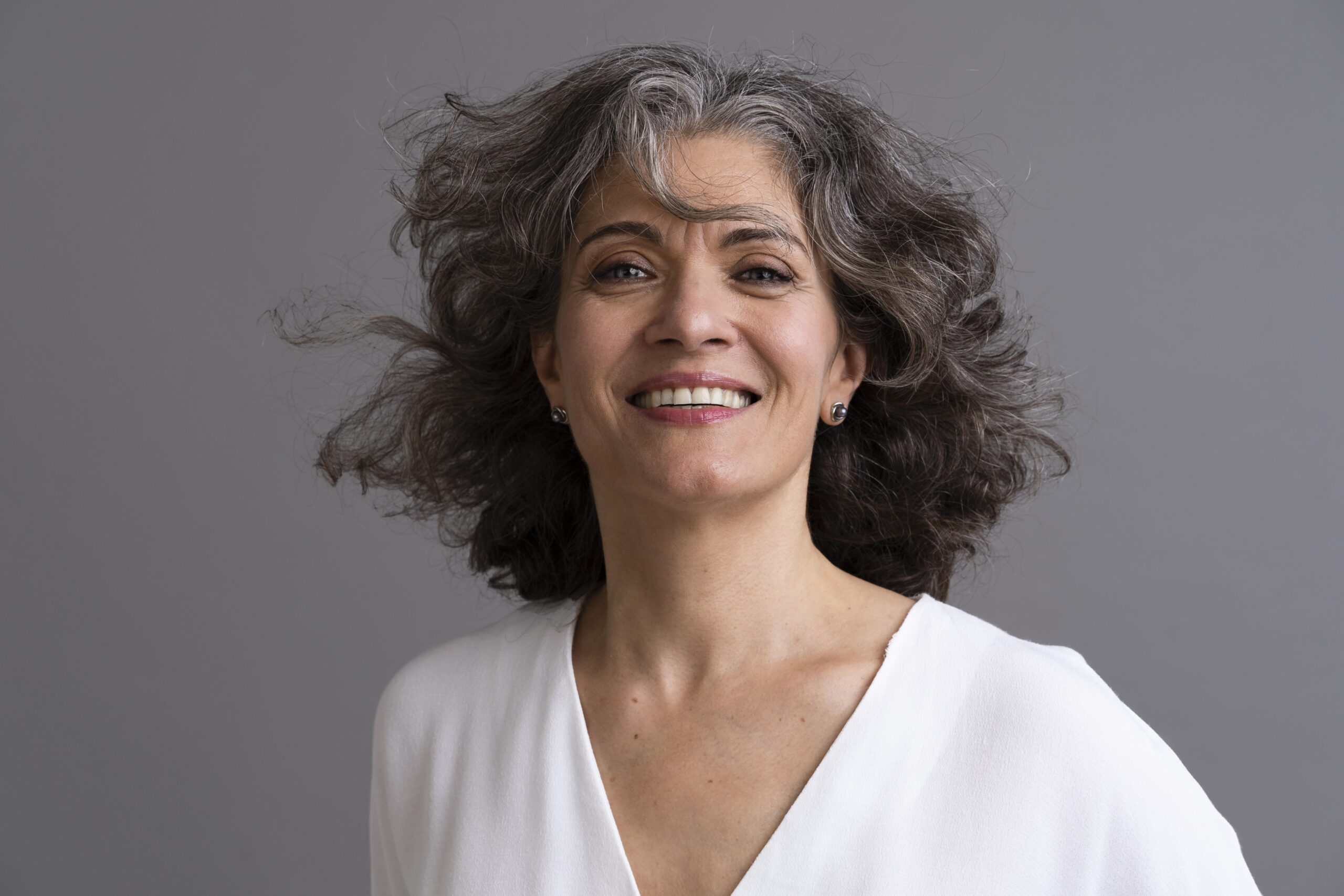“The young person knows all the rules, but the mature person knows the exceptions”. This phrase by the American writer Oliver Wendell Holmes, unfortunately, does not appear to be in the entertainment and advertising manual.
If we look at the world of entertainment and its incessant quest for physical beauty and the fever for novelty, we will find few relevant works that portray the reality of old age and the gain that maturity can bring, whether in the professional or personal field.
In Hollywood, cases of films that do not portray the elderly as moody, embittered, old-fashioned beings – when not, sick people who need to be cared for by others, can be counted on one hand. This stereotype does not translate this huge population, which, yes, contributes a lot to the economy and society.
Two recent exceptions come to mind. The first: a silly movie entitled “A Mr Intern”, with Robert De Niro. It shows how much a mature man, approaching 70, changes the environment of a fashion and e-commerce startup. There, the value of character maturity nullifies the team's anxieties and dilutes the crises of the corporate game. The second exception, this is indeed a brilliant film, is “The Post”, with Meryl Streep and Tom Hanks. In it, we have the story of a moment of crisis between a major newspaper and the US government. The newspaper's owner, Kay Graham, 64, faces the crisis head on with moral rectitude and firmness, overturning all the alarmist opinions of the time about the future of the Washington Post. Pessimistic forecasts, precisely because Kay was a woman over 60.
But if we look for how many works show mature professionals in a non-caricature way, we'll have a hard time finding them.
In advertising this situation is perhaps even worse. In the 1980s and 1990s, elderly people barely appeared in commercials on Brazilian TV. In recent years, this has been changing – but the stereotype of the funny old man, or the old woman who asks her grandson for help with her cell phone, still persists.
All this is still a big contradiction. A lost opportunity to connect with reality.
In Brazil, data show that, currently, 25% of the population is over 50 years old. We are talking about 54 million people who consume, have income. They are a mass that moves about R$ 1.8 trillion. And, most importantly, there are 54 million Brazilians who have desires, dreams, fears. In 2050, there will be 98 million, or 43% of the population.
This distancing from the real life of the more mature people, which we see in entertainment and advertising, is perhaps the result of the lack of a closer look, from someone who knows this target like no one else: precisely the mature people themselves.
How many gray hairs do we see scattered around advertising agencies? In the Brazilian advertising market (and in many other segments of the country's economy), the “old man” label is always placed in a pejorative way, discarding a wealth of thought that should be valued.
Diversity, not only gender, but also generational, is more than necessary. It's a shortcut to efficiency. Scientific experiments from 2017 proved that decision groups formed only by young men are 58% correct in their decisions. In groups with gender + generational diversity, the index rises to 80%.
A warning to companies: Talent, knowledge and emotional balance are being wasted, which could help many brands to communicate more empathetically with this public. Consumer audience.
To those who read me, I suggest you watch two plays. One, the last show of Jerry Seinfeld (“23 Hours to Kill”, 2020, Netflix). At a certain point, he comments that he is in the best phase of his life, at 65 years old: “It is when we are no longer ashamed of being what we are, of saying what we really think”.
Returning to advertising, I strongly recommend that you look at the web commercial from the early 2000s, entitled Father and Son, by Telecom New Zealand: https://youtu.be/Yw6Es89c4IM. A masterpiece that tells, with incredible delicacy, the truth and beauty of the aging process. One of those moments that makes you proud to see that advertising can, yes, portray life, beautiful as it is – at 20, 40 or 60 years old.
Mário D’Andrea
Communication specialist, Vice President of OpusMúltipla and Ambassador Labora League









